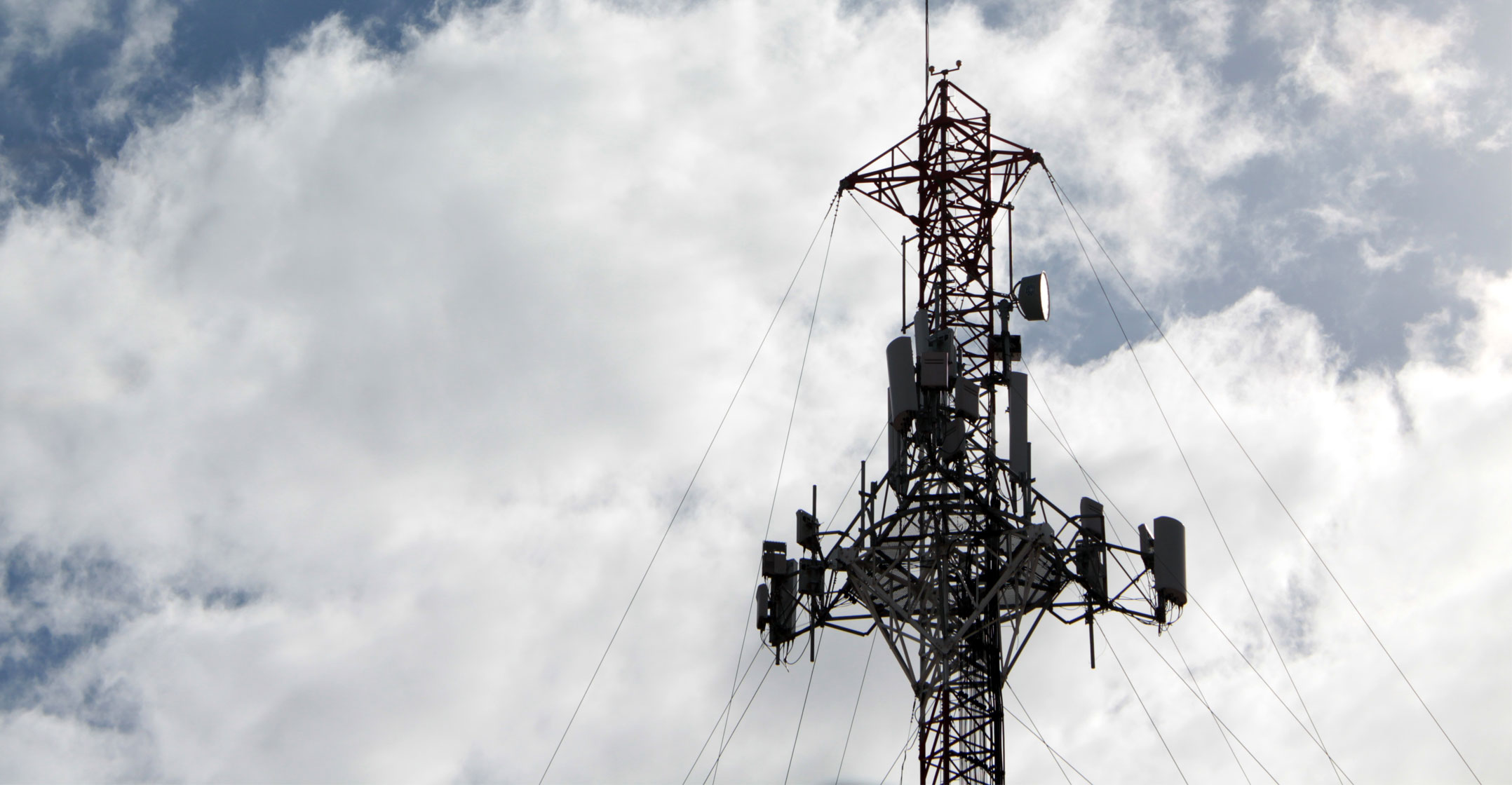
[dropcap]T[/dropcap]he allocation of large swathes of additional radio frequency spectrum to operators is key to unlocking next-generation speeds in mobile broadband to be delivered by technologies such as LTE-Advanced, LTE-Advanced Pro and eventually 5G.
That’s according to semiconductor giant Qualcomm, whose director for technical marketing Simone Severini said at a press conference in Johannesburg on Thursday that enhancements to mobile technologies will only go so far in delivering higher speeds to end users. To achieve the real speed benefits promised by the 4G and later 5G mobile standards, new spectrum must be released to the operators.
South Africa has still not made available 4G-specific spectrum, with local operators forced to refarm, or reallocate, their existing 2G and 3G assignments to build 4G networks. The bigger industry players have become constrained in what they can do, with Vodacom and MTN, for example, forced to hold back on launching LTE-Advanced — also known as 4G+ — networks until they get access to additional spectrum.
Communications regulator Icasa wants to license the additional spectrum through an auction process, but its plans have been derailed — for now — by a legal challenge from telecommunications & postal services minister Siyabonga Cwele, who wants some, if not all, of the spectrum reserved for an untested and unproven wholesale open-access network.
Qualcomm’s Severini said on Thursday that South African operators have been unable to deploy the latest versions of LTE (beyond Category 6, offering a theoretical 300Mbit/s) because of the spectrum shortage they face. Cat 9 LTE offers 450Mbit/s (in theory), while Cat 12 and Cat 16 deliver fibre-like gigabit connections over the air.
“In South Africa, you can assume most of the operators are around Cat 6,” Severini said. “They’re not even able to exploit Cat 6 fully because of the spectrum problems we have here. Spectrum is the fuel for speed.”
Gigabit speeds
Qualcomm launched its first gigabit modem, the X16, at the Mobile World Congress in Barcelona earlier this year. Already, Sony’s new flagship, the Xperia XZ Premium, supports the technology. Samsung’s new flagship, the S8, also supports gigabit speeds, using LTE Cat 16.
But key to achieving these (theoretical for now) speeds is using complex technologies such as carrier aggregation. In essence, this involves taking multiple bands of both exclusive-use (licensed) and unlicensed spectrum and “gluing” them together as if they were one contiguous band.
“Take maybe 40MHz here and 10MHz there and 20MHz there, put it all together and you make a big pipe. This is the basis of increasing speeds in mobile technology,” Severini said. This aggregation must happen across diverse spectrum types, including so-called time-division duplex and frequency-division duplex technologies, and across licensed and unlicensed bands.
Mobile operators hope soon to take advantage of licensed-assisted access, or LAA, technology, which will allow them to use the bands typically used today for Wi-Fi networks — 2.4GHz and 5GHz — to build faster LTE networks.
Handsets that support LAA are expected to begin arriving in the market soon. LAA uses technology that first checks if something else, like a Wi-Fi router, is using the band so as to minimise interference. However, because of the high frequencies involved, the technology is best suited to shopping centres and other in-building applications rather than for providing outdoor coverage and alleviating the spectrum crunch.
Mimo
Operators are also hoping to take advantage of advances in Mimo (multiple input, multiple output) antenna technology, where multiple antennas are used at the base station and on smart devices like smartphones to boost throughput.
Another trick is to use higher-order modulation, a way of changing the carrier signal to boost throughout. Current state of the art is 256QAM, supported by modern handsets such as the Galaxy S8.
Despite all these tricks, Severini said it’s impossible to get away from the need for more spectrum to get much higher speeds. “You need 60MHz in total to do 1Gbit/s,” he said. “If you don’t have the spectrum, you can’t achieve big speeds. You need to release and allocate the spectrum. Developed economies are constantly releasing spectrum for this.”

Based on a 10MHz allocation at 1.8GHz — which is what most operators in South Africa have access to, roughly speaking — users can expect to get up to 73.2Mbit/s (again, in theoretical perfect conditions) using a standard device. With 256QAM, this can be boosted to 97.6Mbits, and with 256QAM and 4×4 Mimo, the theoretical limit is 176.2Mbit/s. With LAA technology added, this could reach up to 470Mbit/s, again in theory.
Severini said that even with 5G technology expected to be launched commercially by 2020, it’s important that regulators make available sufficient spectrum to operators so they can build ubiquitous 4G networks.
“We will reach 10Gbit/s and more with 5G, but we need to prepare the foundation layer for 5G, which will be built on gigabit 4G technology. We want to minimise reduction in the user experience when you step down to 4G. The only way to do that is to create a solid and ubiquitous 4G layer. We don’t want to go from 20Gbit/s speed, down to 50Mbit/s. The drop is too wide.”
With 5G, the design target is to get to sub-millisecond latency (network delay). Today, the theoretical minimum on LTE networks is around 8-10ms, he said.
5G will also need a range of new spectrum bands, including big chunks below 1GHz. “There will be trials in 2018 and 2019, moving to commercial deployments in 2020. It will happen much quicker and much earlier than we originally anticipated.” — (c) 2017 NewsCentral Media




